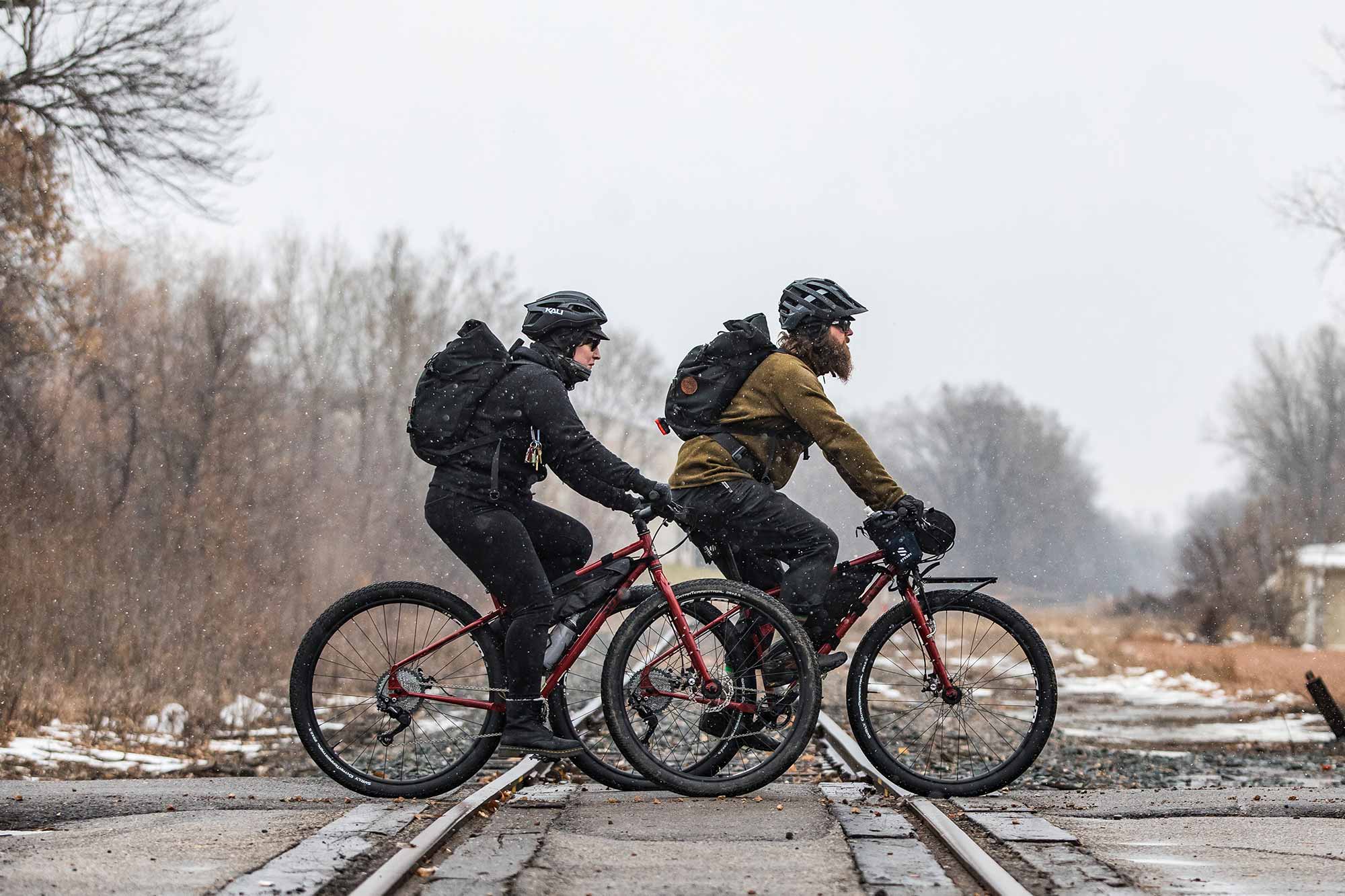Greetings, Humanoids.
In this weblog, we’re going to cover questions like “what is an urban commuter bike?” and “what bike is best for urban bike commuting?” Over the course of our symposium, we’ll also get into components, cargo considerations, and some of the benefits of biking to work. If there’s enough time, we might even talk about the differences between kettle chips and regular potato chips. There’s loads to cover, so let’s silence our devices and get started.
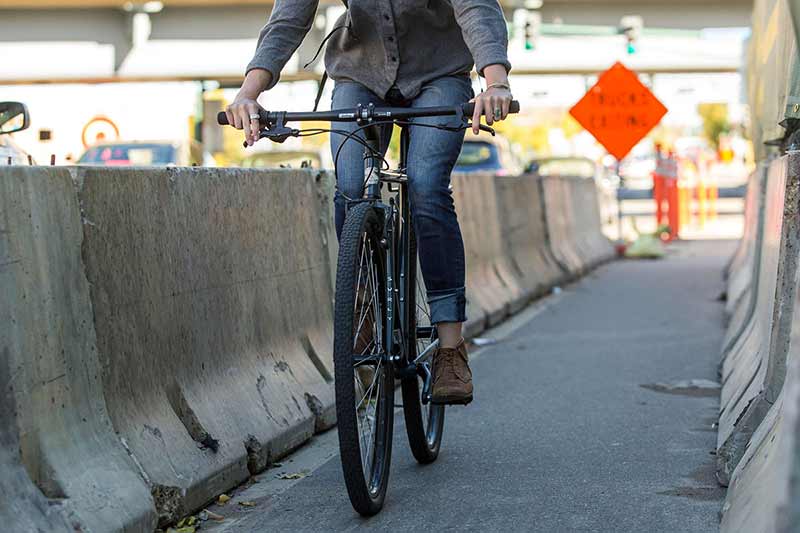
WHAT’S AN URBAN COMMUTER BIKE, SURLY?
Well, first of all, any bike can be a commuter bike. Even the dusty 21-speed hanging in your neighbor Randy’s garage. If you hop on that thing and ride it as your go-to mode of conveyance, it’s a commuter.
That said, some features make commuting more pleasurable. These include:
- Simplicity
- Durability
- A comfortable and relaxed riding position
- Mounts for fenders, racks, and bags
Instead of being built for stunts, racing, or crossing the continent, commuter bikes are designed for getting you to work or school, knocking out errands, and hauling the gear you want handy during your daily routine.
Urban Commuter Bikes do all these things and they do it in an urban setting. Riding in the city usually means frequent stopping and turning at intersections, as well as navigating around cars and people carrying plate-glass windows for seemingly no reason. Generally, you’ll be served well by a bike that’s capable on pavement and excellent for shorter distances. Could your commute be a long one littered with bandit trails and dirt jumps? Hell yeah. Exceptions are allowed because rules are a pain in the ass. Just keep in mind there are beefier bikes tailor made for trail duty.
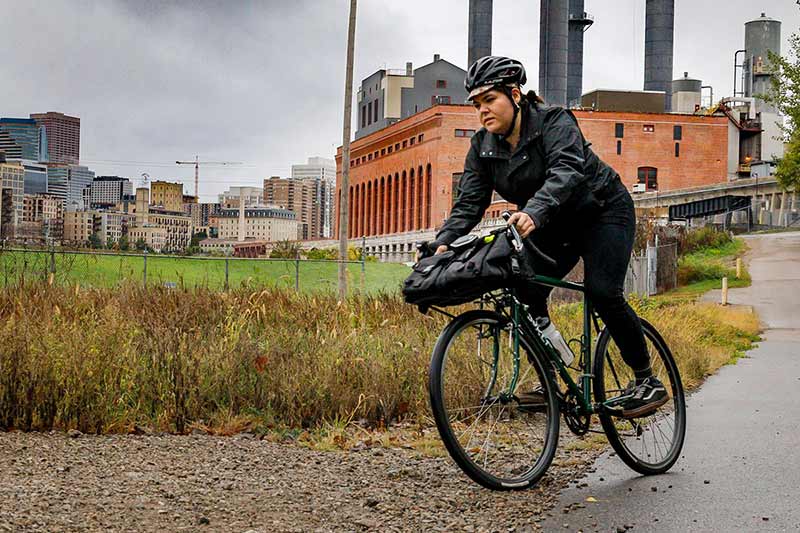
WHAT’S THE DIFFERENCE BETWEEN A ROAD BIKE AND A COMMUTER BIKE?
Let’s talk about Randy’s road bike for a minute. He doesn’t get to ride it every day, but it’s a fine bike. It’s probably something lightweight like carbon or aluminum, making it ideal for going sprinty-fast or grinding up mountain passes. It’s got a super aero geo, drop bars, narrow slicks for optimal spinning, a buncha gears for climbing hills more easily, and next to nothing in terms of mounts. Built for fitness, competition, and conquering mountain stages, road bikes are great bikes if you don’t need something more functional or utilitarian like a commuter.
But we didn’t throw on our best jorts to talk about lycra. A bike purpose-built for commuting might come in a range of suitable materials, and we’re going to take this opportunity to extol steel. Although it’s heavier than aluminum, carbon, titanium, and the like, steel is flexible, skilled at eating up bumps in the road, and extremely durable to withstand daily punishment from the elements and the potholes outside your neighborhood Dunkin. It is often easy to repair, too, and easy repairs typically cost less than replacing an entire dang bike. All this adds up to a rig that’s ready to ride when you need a rig that’s ready to ride.
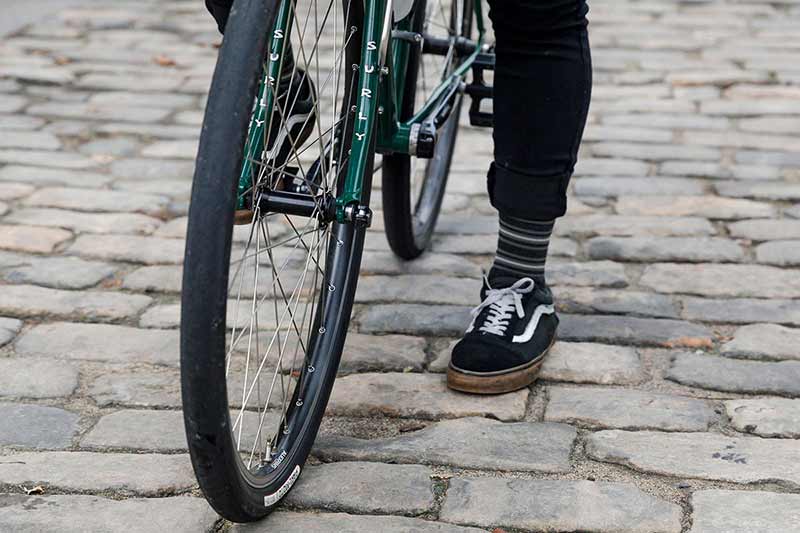
DRIVETRAINS AND CASSETTES
We mentioned gears up there. Road bikes tend to have a few. There are good reasons to have a bike with tons of gears and speeds, but when we’re talking about commuter bikes, extra gears are just one more thing to maintain or repair. The truth is, if you’re riding on flat-ish pavement between home and wherever you collect your wages, you might be able to make do without a front derailleur. Heck, that cassette on the rear wheel could probably go bye-bye, too.
A simple single-speed drivetrain requires no shifting. It’s low maintenance because the parts responsible for most malfunctions — derailleurs and shifters — just aren’t there. This also makes everything easier to tear apart and put back together when repairs are necessary. In many cases, single-speed setups are more affordable, too.
If the idea of riding up a hill without a couple lower gears to fall back on makes you feel uneasy, we have three tips:
- Mash those pedals to build up momentum before reaching the hill.
- Just walk up the hill. Have a snack. Easy is fine.
- Or just skip work. Stay home and play Donkey Kong.
And if single-speeding just isn’t for you, that’s OK. Pay attention to gear ratios. You can read a bit about them here, but without going too deep into math gymnastics, a lower ratio between the number of teeth on the chainring (front) and the number of teeth on the cog (back) will translate to easier pedaling — this is good for hills. A higher ratio, on the other hand, will increase your speed with less spinning of the crank. For these reasons, a 10-speed 11-34t setup might actually be faster and less work to ride than a 12-speed 11-28t.
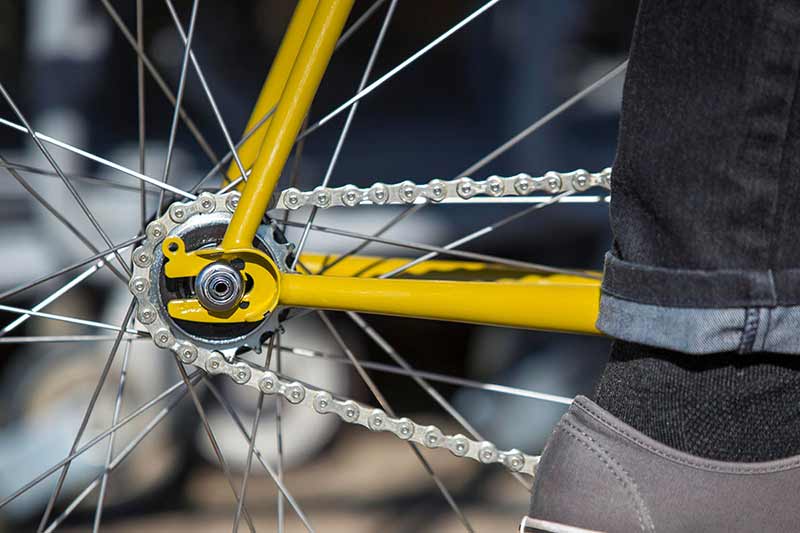
WHICH HANDLEBARS SHOULD I USE FOR COMMUTING?
Unless you’re unicycling to work — which you’re allowed to do if you want — you’re gonna need somewhere to put your hands. Handlebars are a popular solution, and here are some common options:
- Drop Bars – Drop bars give you so many places to put your hands you might have a hard time choosing. From the tops to the hoods to the hooks to the drops, you’ll be able to mess around with different postures and hand positions whenever you want a new angle during your commute. This’ll keep your hands from numbing up and can minimize stress on your back, which is nice. If your commute is on the long side or you’re just used to drop bars, go nuts. Comfort is key. But if you want the control and handling that comes from a wider bar, drop bars tend to be a bit on the narrow side.
- Flat Bars – Riding with flat bars will put you in a relaxed, upright position. Kinda like how you stand outside the tavern when you’re having a heater. This is acceptable as long as it feels good, but if you get stiff over a long ride, you won’t be able to change up your posture or hand position like you can with drop bars. The trade-off, however, is more leverage for steering. Being able to quickly and confidently correct course is a useful benefit when some dummy throws their car door wide open while you’re cruising in the bike lane.
- Cruiser Bars – You’ve seen cruiser bars around the beach and at the ice cream stand. They put your wrists in a comfortable and natural position, and they leave a bunch of room up front if you want to mount a basket or run a porteur-style rack and bag setup. As with flat bars, they offer some leverage for controlled steering. And like drop bars, they let you move your hands around a bit. Because they put you in a super-upright position, though, long rides will probably be hard on your ass and low back. And forget about hills. These bars are best suited for short and flat commutes, of which there are plenty. Check out the Surly Open Bar for our take.
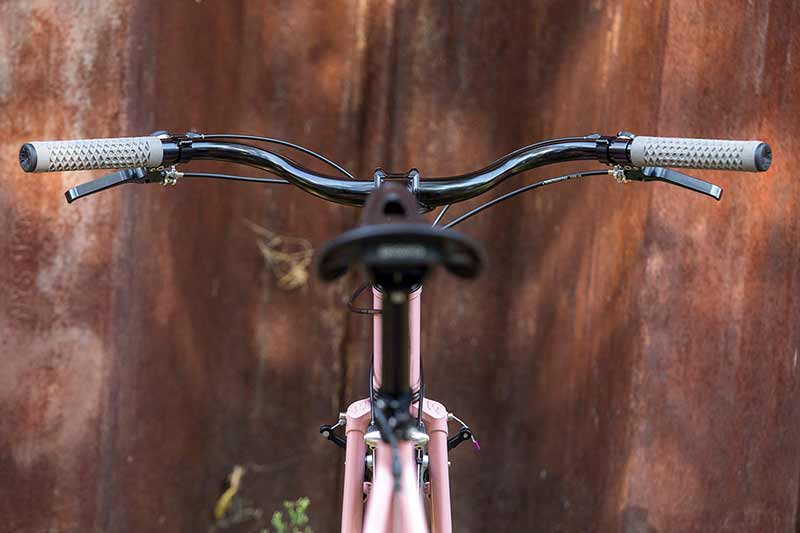
If you’re still not sure where to put your hands, head over to Surly Bikes dot com slash parts slash handlebars for some more light reading on the subject.
HOW SHOULD I CARRY MY STUFF?
As we stated previously, a useful commuter bike is outfitted with mounts for racks and bags. You could run a rear rack with sizeable panniers and pick up a few spaghetti squashes on the way home, or you might throw your books, laptop, and lunchbox in a basket up front. Frame bags are fun, too, if you like pockets and zippers and balancing your load in the middle of your bike where it won’t affect steering or how tight you take turns. For a thorough discussion of these options and the gear you’re most likely to carry while commuting, visit our future-award-winning blog Bike Commuting 101: 8 Tips for Your Commute to Work. Skip down to “Tip Three: Consider Your Cargo” if you’re in a hurry.
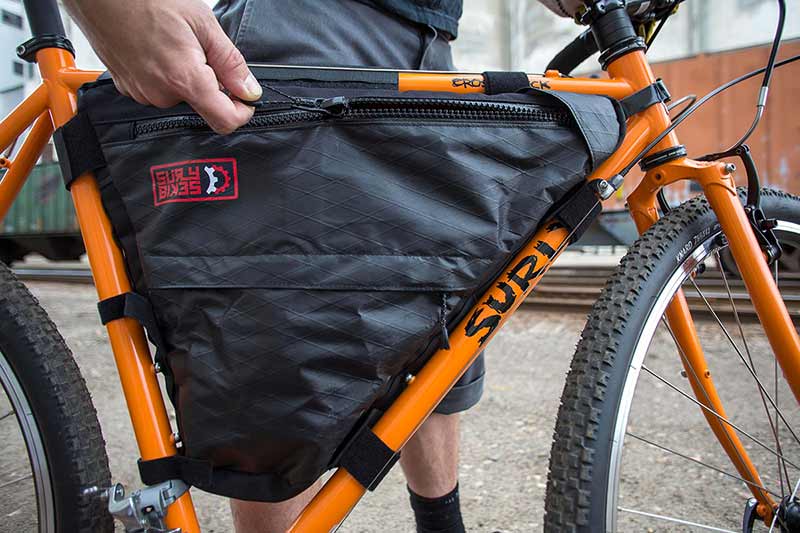
FINDING THE RIGHT TOOL FOR THE JOB
Finding the right bike for your mostly urban commute depends on asking the right questions:
- Is the bike in your garage (or Randy’s garage) good enough? The simplest answer is yes. If the bike is in good working condition and you’re comfortable riding it, you can press it into commuting services. Load up on straps, bungees, and maybe a sturdy backpack for custom cargo solutions.
- Is this bike going to be a dedicated commuter, or do you need a multi-purpose fun machine for screwing around on weekends? We don’t know the answer to this question, but you do. A multi-purpose bike is a very cost-effective option, plus it’ll leave additional space in your garage for other fun things like potting soil and weed whippers. Surly Bikes that do well at work and play include:
- Steamroller: Dedicated single speed. Tried-and-true performance from back alleys to urban trails. Simple isn’t easy.
- Cross-Check or Straggler: Run ‘em single-speed or geared, drop bars or flat. Rim brakes on Cross-Check vs. Disc brakes on Straggler. Other than that, you’re looking at two no-nonsense, get-it-done rigs perfect for hauling lighter loads.
- Bridge Club or Ogre: Off-road capable, ample tire clearance for a plush ride, and loads of mounts for commutes that turn into campouts.
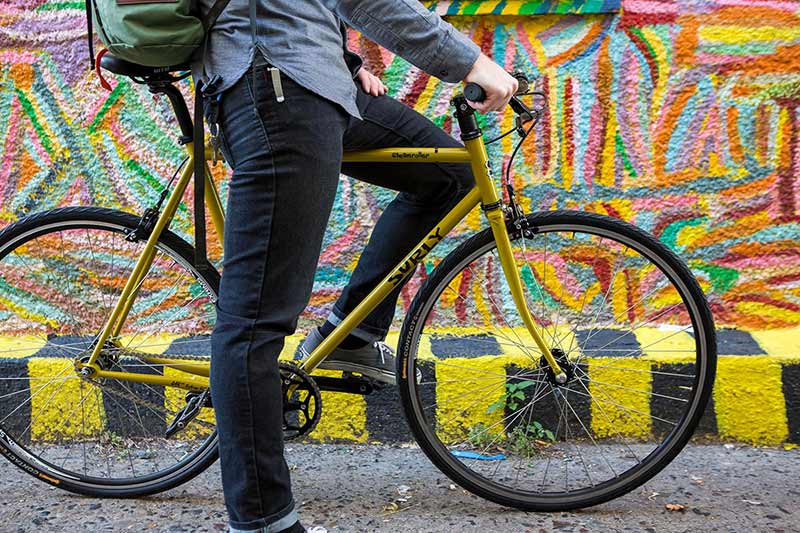
- Are you truly sticking to pavement, or do you crave the variety a multi-surface commute provides? If you anticipate bombing into the woods and threading yourself between the roots, rocks, and tree limbs protruding along your secret shortcut, pavement-specific tires may not provide the comfort or confidence you need. Large-volume tires with a knobbier tread may slow you down on the tarmac, but if your bike can clear bigger rubbers, you’ll enjoy benefits like:
- Greater bump absorption
- Durability against debris found on mixed terrain
- A larger contact patch with the ground, improving control and stability
- Confidence on unpredictable road surfaces. Even if you stick to pavement, you don’t know when you’ll get detoured due to road construction or run into water, sand, ice, or snow. A versatile off-road tire compensates for your inability to predict the future.
- If you’re familiar with Surly Bikes, you know we build them to fit large-volume tires. It’s the whole premise behind Fatties Fit Fine, one of our original guiding philosophies. Put simply, if your bike has a bunch of tire clearance to spare, you’ll have an easier time removing and installing the wheels, and you’ll have more options for setting up your bike however the hell you want, both now and in the future.
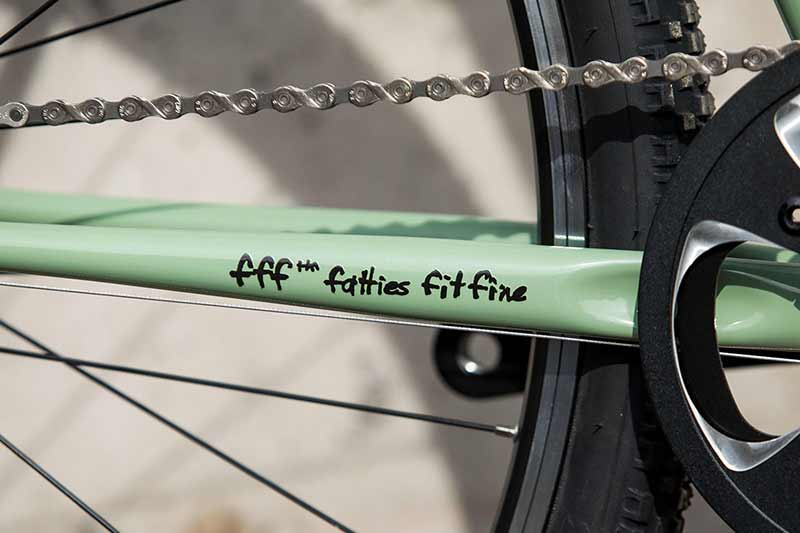
- Do you need to haul kids to daycare and back home as part of your commute? Are your cargo needs exceptional? If your offspring are too young and inexperienced to be left home alone, it is possible to incorporate a daycare run into your bike commute. Here are a few Surly bikes that may save you from carpooling in a minivan:
- Big Dummy – A longtail cargo bike for pavement, it boasts a 400-lb. weight limit and space for an obscene amount of shit.
- Big Fat Dummy – Same idea but specifically designed around fat tires. Introduce your kids to foraging on the way home from Aunt Linda’s place.
- Big Easy – If your kids are getting heavy, the hills are getting harder, or you’ve gotta dump compost on the way to work, our longtail electric cargo bike would like a word.
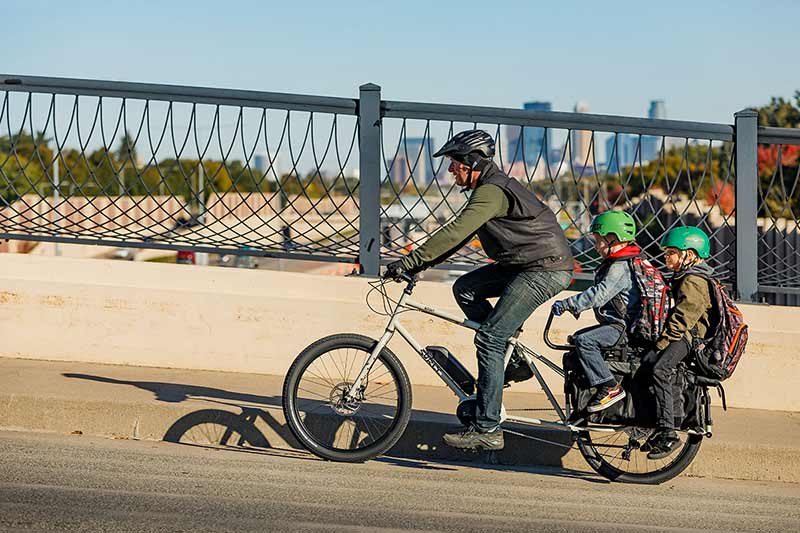
THE BENEFITS OF COMMUTING BY BIKE
Whatever reason you’ve got for riding your bike to work is probably a good one. Let’s run through a bunch real quick to see if we can guess yours:
- Save Money – Do bikes and accessories cost money? Yes. But so do cars, insurance, repair bills, and speeding tickets. And gas adds up too! In the long run, bikes are less expensive to own and upkeep than a motor vehicle.
- Be Kind to the Environment – As long as bikes are able to run without fossil fuels, they’ll help lower emissions and keep harmful pollutants out of the atmosphere. We get only one flat earth, Folks, and it’s up to us to take care of it.
- Improve Your Health – Are you afflicted by road rage? Do other drivers make you want to scream? Taking the bike path allows you to avoid those triggers where possible. In addition to cutting out a major stressor, commuting to work by bike may also strengthen your lungs and major muscle groups, reduce your risk of cardiovascular disease, help you qualify for a lower weight class in your next boxing match, or just help you enjoy better sleep.
- Time – OK smartass, before you point out that bikes are slower than cars, please consider that commuting can double as a workout. If you don’t need to hit the gym before or after work for a little treadmill time, you will have freed up an hour or two right there. Additionally, people riding bikes don’t have to sit on the interstate in rush-hour traffic. Your commute might actually take less time on a bike.
- Improved Awareness – Driving 55 makes it harder to notice the things going on around you. Riding your bike safely will make you more aware of the hazards on the road, and you’ll also have an opportunity to stop and enjoy some cool shit you’d normally drive past without a second thought.
- Freedom – Having a solid urban commuter bike in the garage or crawlspace under your stairs means you don’t have to drive when you don’t feel like driving. It means you can take different routes and make different stops depending on the day. It means you don’t have to worry about parking a two-ton vehicle in a crowded urban core. It means you can crest a hill and go flying down with your arms outstretched like Jack and Rose at the bow of the Titanic, wind blowing freely through their glorious hair as they pronounce their royal lineage to an indifferent sea. Freedom is thrilling. Watch out for icebergs.
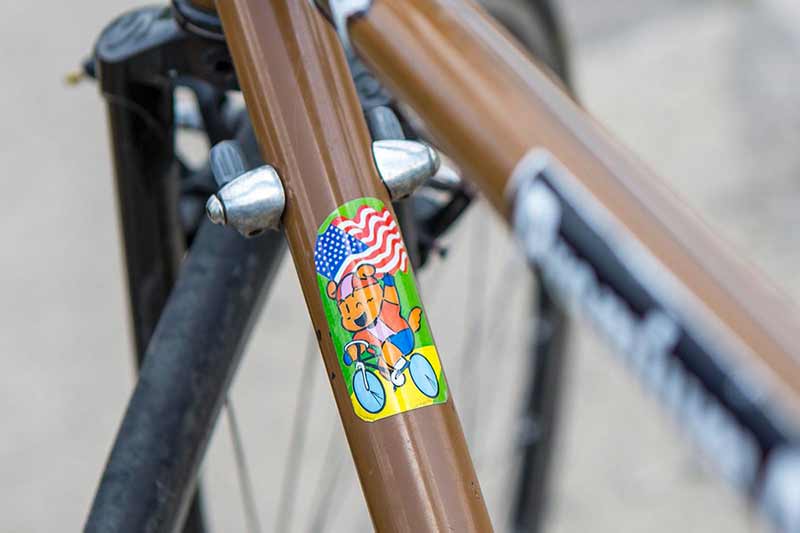
THAT’S EVERYTHING, RIGHT?
We’ve covered a lot of ground here, and once you dial in your commuter rig, so will you. Just remember, what’s great for someone else’s commute might not be right for yours. Don’t be afraid to try out different bikes, components, and accessories as you explore your unlimited potential. Surly believes in you!
KETTLE CHIPS VS. REGULAR POTATO CHIPS
Hey! You stuck around for chips. Cool. The main thing separating kettle chips from regular chips is that kettle chips have a non-uniform shape, tons of real potato flavor, and a heartier structure. Regular chips are light, crispy, and have a finer texture. These differences come from how the chips are processed.
With kettle chips, they stick a batch of potato slices in a vat of hot oil. Every time they add new potatoes, the oil’s temperature goes down a little bit, extending the cooking time. This gives the starch in the potato more time to absorb moisture and dissolve before frying is complete.
With regular potato chips, there are no “batches” per se. Processing is continuous and the oil remains hot-hot-hot the whole time. This means the moisture dries up real fast and the chip is done quicker.
Is one healthier than the other? No. Does one variety taste better or crunch harder? Surly’s official position is yes, there is a clear winner. But how we feel about potato chips is irrelevant. What matters is how you feel about them when you’re snacking in the park after a refreshing ride home from work.

 Surly Bikes
Surly Bikes